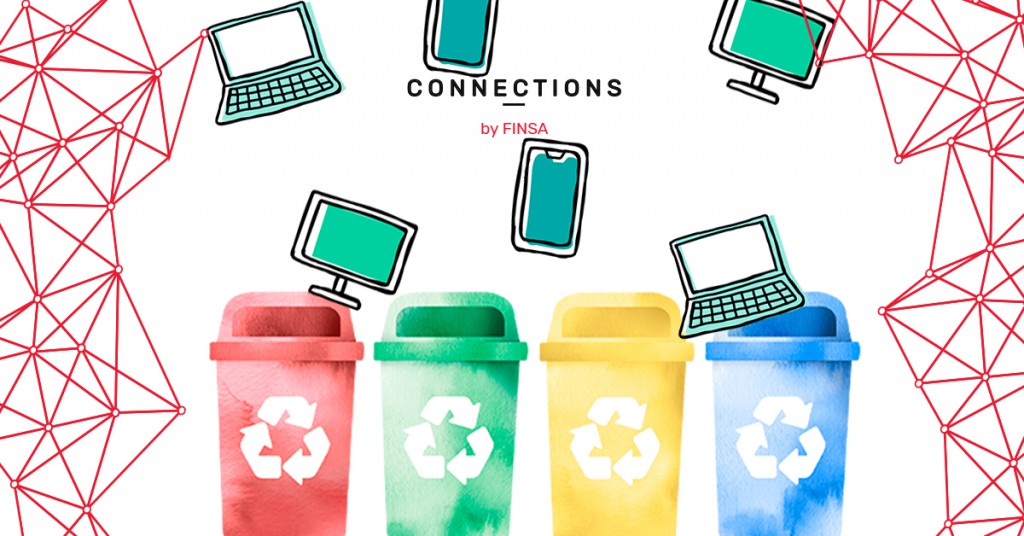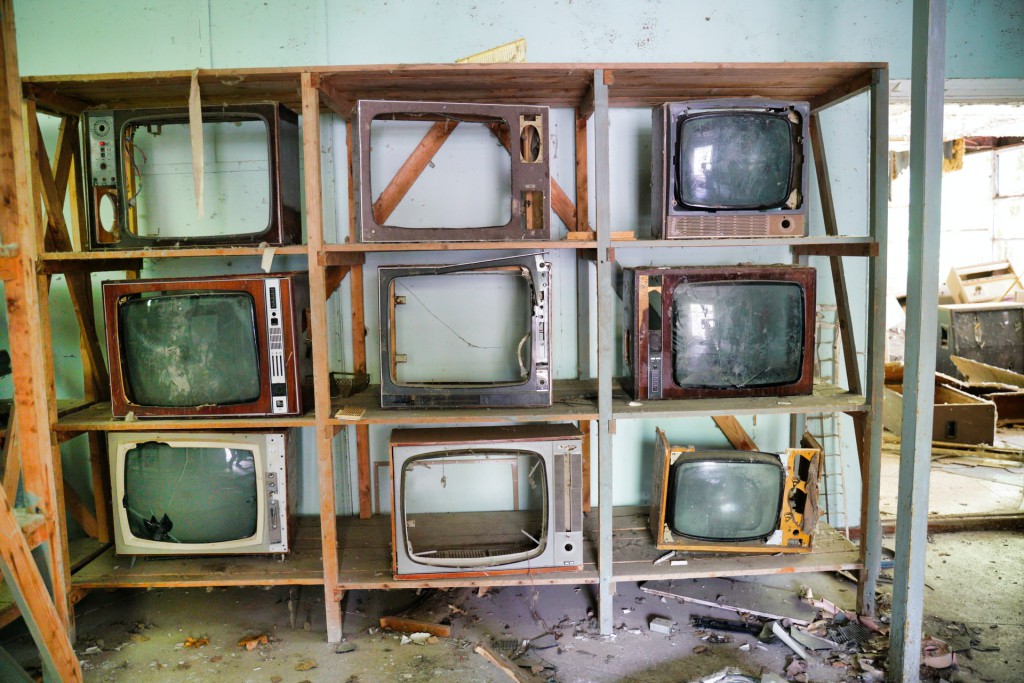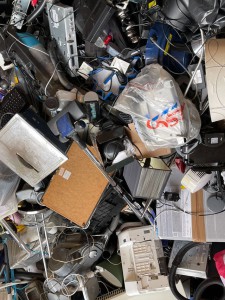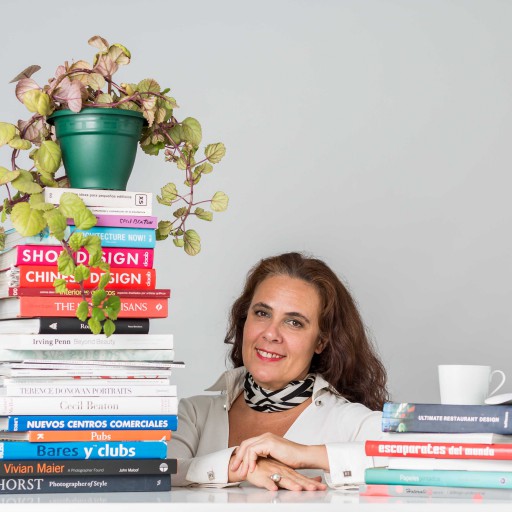This laptop is a bit slow, don’t you think? You should get a new one. This mobile phone doesn’t take very good photos. You can get a different one and easily pay it off over time. Buy the new version of whatever you have because it will help you save a few seconds of your time. But those few seconds might be too high a price to pay for the environment.
Is it really sustainable to keep on changing devices without using your current one for the duration of its useful life and choosing alargascencia (a portmanteau of the Spanish words alargar, to extend, and obsolescencia, obsolescence, that means to extend the useful life of a product)?
According to data from the UN’s E-waste monitor 2020 report, we produced over 50 million tonnes of electronic waste in 2018. Europe is the world’s third biggest overall generator of this type of waste and it produces the most waste per person every year (16.2kg).
With the arrival of the pandemic and the resulting digitalisation of our lives, our increased use of electronic devices begs the question what will we do with them when they no longer work? Even though we just call it waste, it might end up being something much more serious than that

What is electronic waste?
Firstly, we must remember that we are throwing away something that could probably be given a second chance at life if it were repaired or reused. This is particularly true of the small devices, which make up 38% of e-waste, including mobile phones and computers. These products in particular are associated with the ever-growing need to have the latest model, no matter the cost to the environment.
However, e-waste is much more than just phones. It includes anything that requires electricity, such as appliances, computers, and LED lamps. In fact, the UN’s report explains that the e-waste categories that have been increasing the most are temperature exchange devices (7% increase), large equipment (5% increase), and small devices (4% more).
Nevertheless, the components of e-waste are a treasure trove of usable of materials. Did you know that your mobile phone contains up to sixty heavy metals that are highly sought after in the tech industry? Waste is mainly made up of plastic, silicon, copper, gold, silver, mercury, and other useful materials. Correctly handling their disposal could be once way of achieving circularity.

A huge amount of electronic waste – and it’s poorly handled
The main problem with electronic waste is the way it’s handled, which isn’t helped by the fact that there is more of it every year. The UN says that only one fifth of digital waste is recycled, and that the amount of total e-waste will double by 2030.
How can we approach the challenge of appropriately handling electronic waste? The EU has established a minimum annual rate of recollection rate of 65% via the Committee for Waste from Electrical and Electronic Equipment. This committee is in charge of electronic waste handling
The UN’s Basel Convention regulates the transit of dangerous waste between countries, but it doesn’t have enough resources, nor is it obligatory to abide by it. This means that any device can be considered suitable for repair, resulting in waste that is not properly checked being sent to large international e-waste dump sites, such as the one in Accra, Ghana.
What would happen if we recycled electronic waste properly? The UN estimates that in 2019, we threw away electronic products containing gold, silver, copper, and platinum with a value of 57,000,000,000 US dollars.

How we can reduce electronic waste
How can we reduce and reuse electronic waste? We’ve broken this objective into four key steps:
- By establishing more specific legislation and fiscal incentives that encourage people to reuse things.
- By starting a supply chain based on a circular economy model.
- By building waste treatment plants for electrical and electronic devices, like E-waste in the Canary Islands, which offers manual product disassembly and processes five tonnes of waste per hour.
- On an individual level, you can follow the advice we shared in this Connections By Finsa post.




